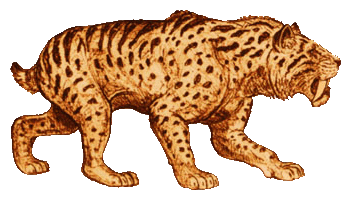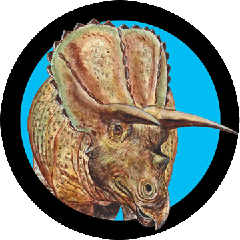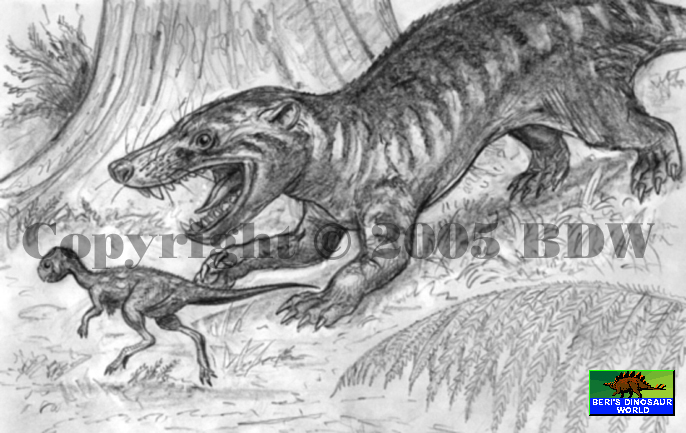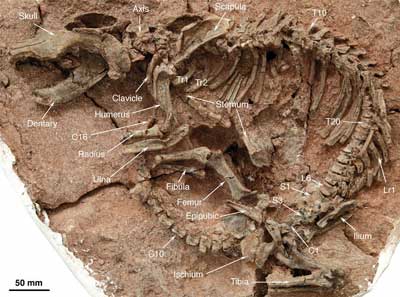Pula, Istria, Croatia, late Albian (mid-Cretaceous)
About a 100 million years ago, the beaches near the city of Pula (which itself has about 3000 years long history) were sandy and muddy and the sea was shallow. The rudist clams formed some sort of rudist reefs not far from the coastal line. The stromatolites colonies were sticking out of the water, while the large sturgeon or/and guitar fish probed the mud for food swimming the shoals. Small, large and huge dinosaurs, crocks, monitor lizards and pterosaurs left their footprints in the wet sand and sticky mud.
Many years later, the old beaches turned into multilayer limestone rock, looking like some sort of a giant book. The ancient archives with the notes of the the life long gone,waiting for the sea to uncover them and somebody interested and inquisitive to read the fossil "hieroglyphs".
Here are the pes footprints of the immensely large iguanodontoid. I am standing on the convex left pes with infilling, while photographing the concave right pes (footprint) in an oblique view. My yellow outline marks the impression. The displacement rim is quite nicely visible, as well as the mud suction traces along the mid line. Each of the prints measure unbelievable 135-145 cm in length. I don't think there was a larger iguanodontoid print discovered anywhere in the world, so far. Yet, these prints are situated on one of the most popular and crowded beaches near Pula. I've stepped over these prints so many times myself over the years without noticing them. Why? Simply because they were so enormous, that they were too difficult to spot and figure out as once belonging to a living, breathing animal. The ornitischian who left them in the wet sand must have measured at least 18 to 20 meters in length! (See the comparative sizes in my banner)




























